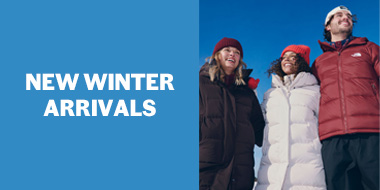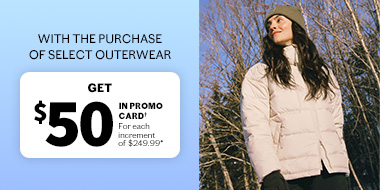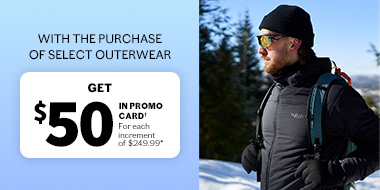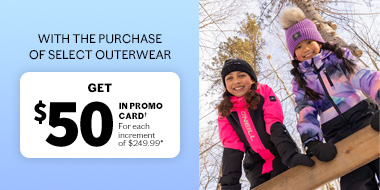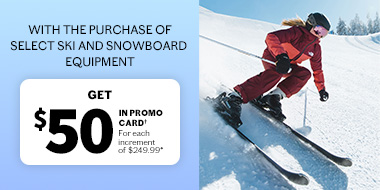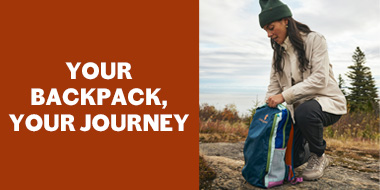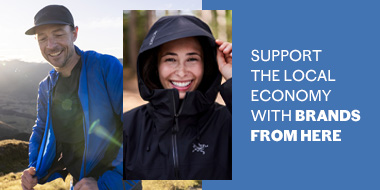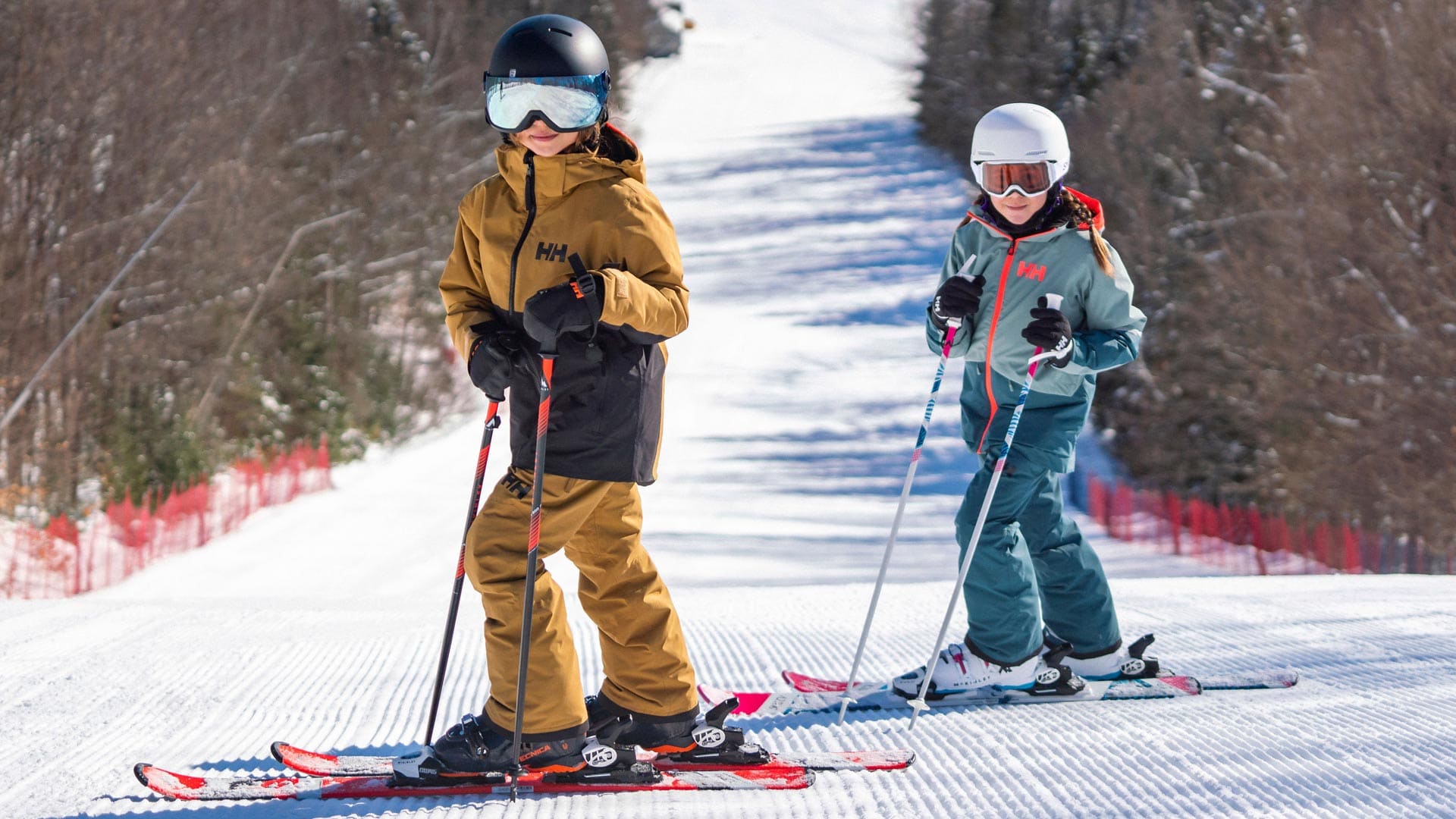9. What are the essential exercices to learning to ski?
The snowplow is the most important move for a child to learn, for safety’s sake. It involves making a V-shape with the tips of their skis, like a slice of pizza. The wider the V, the more effective the braking. It’s an easy move to carry out, even for little skiers, and it allows them to slow down the slide and avoid running into obstacles or other skiers.
When your kid has more experience, they can learn how to brake with their skis parallel, like the big kids!
The choice of equipment and accessories and a good method of learning are the key elements to encourage a passion for skiing in children, while also ensuring their safety. Soon enough, the sport will offer hours of fun for all the family!


